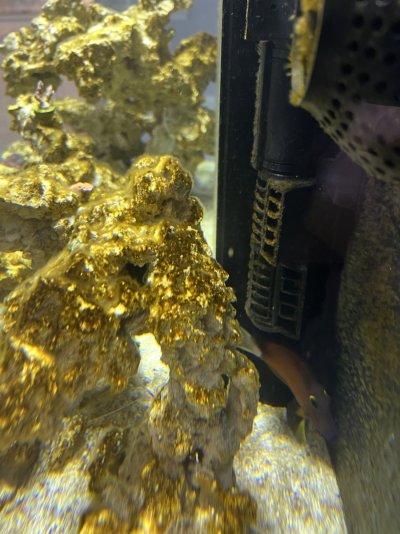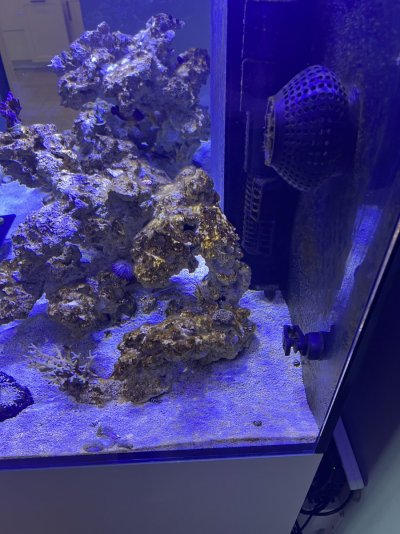- Joined
- Dec 31, 2015
- Messages
- 513
- Reaction score
- 172
I have an outbreak and I’m not really sure what it is. My nitrates and phosphates are 0 so I think it’s dinos but it doesn’t look exactly like the pics I’m seeing. It doesn’t scrape off the rocks easily either. I saw some people making an ID off a microscope. Is there a recommendation for what scope to buy. How do I get the algae under a slide if it doesn’t scrape off easily? How do I get a pic from the scope onto to here to get help with the ID?


















